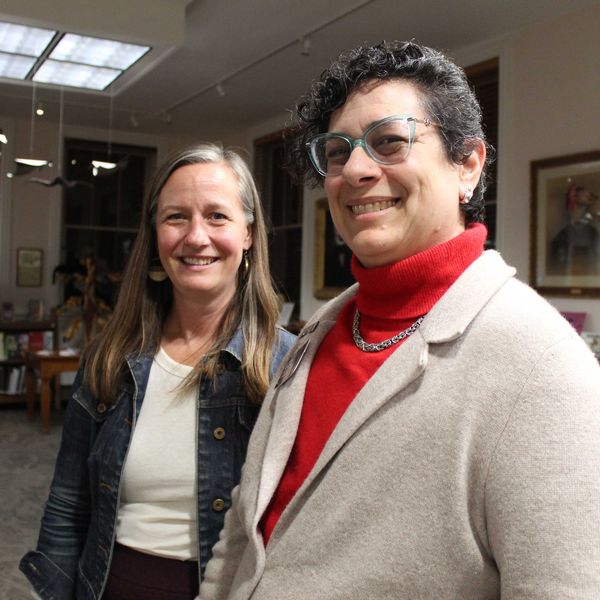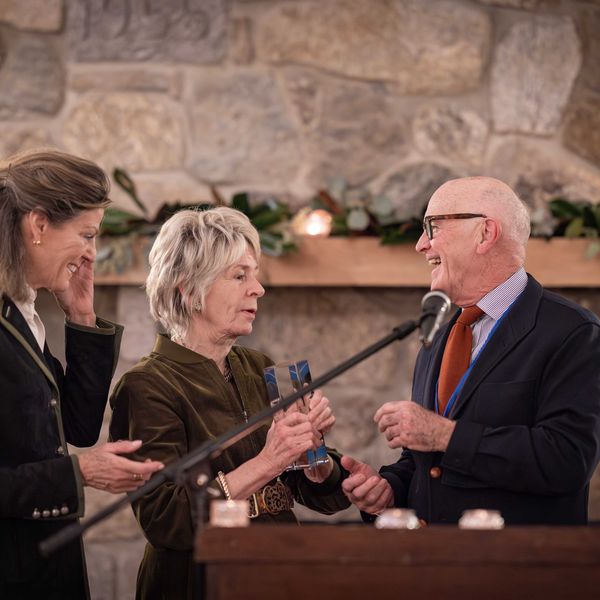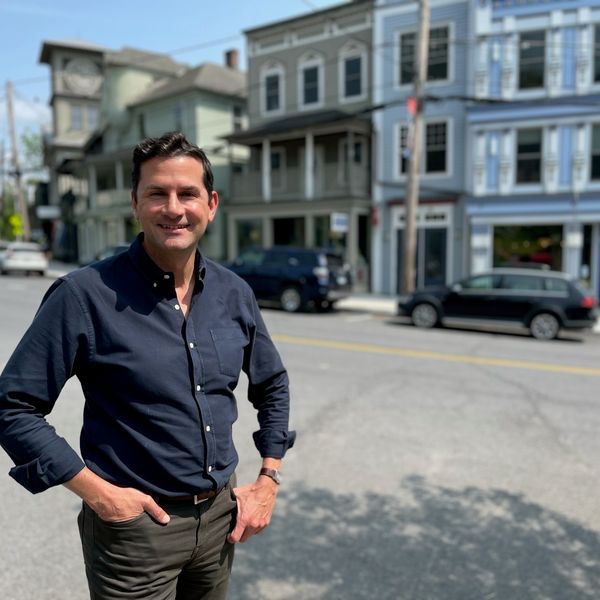Historians relate rich history at The Fountains in Millbrook
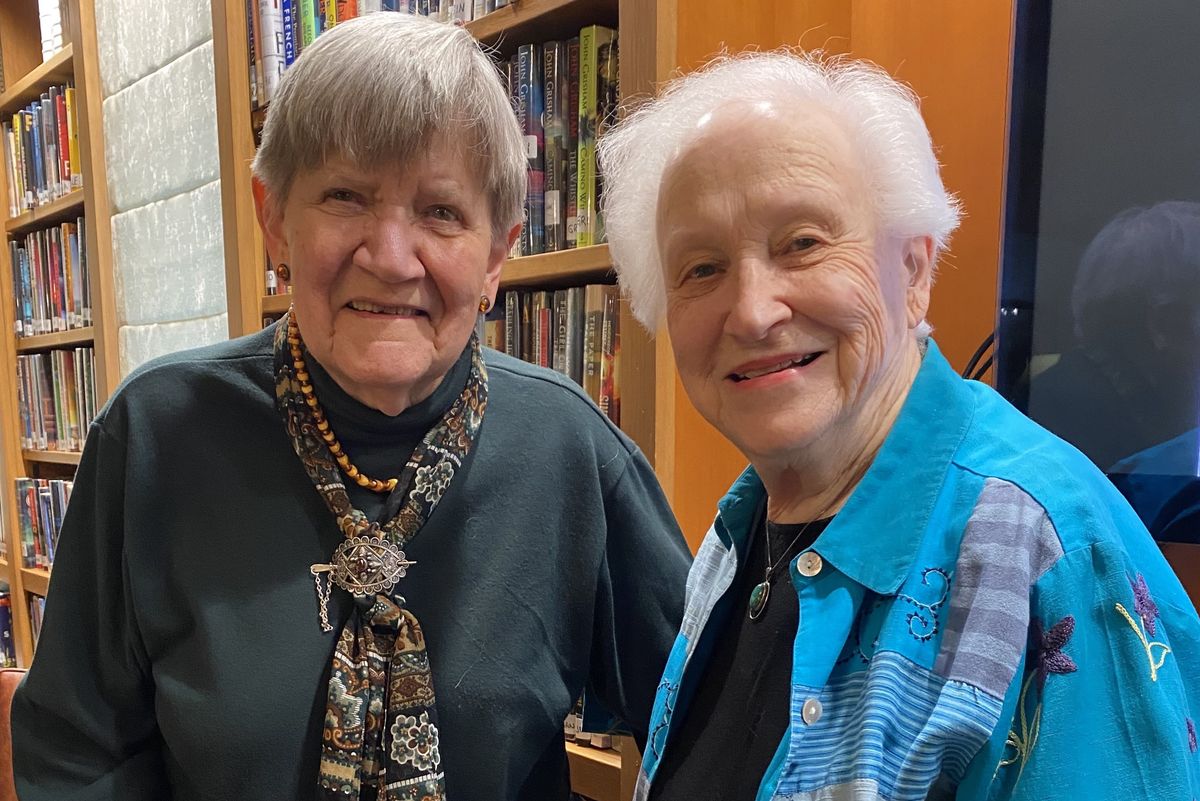
A duo of historians explored the history of the land surrounding The Fountains senior community at an illustrated talk on Wednesday, March 12. Lucy Johnson, left, teamed up with Margaret Cornell, for a year-long research project into the rich history of the land and its stone chapel.
Photo By Leila Hawken
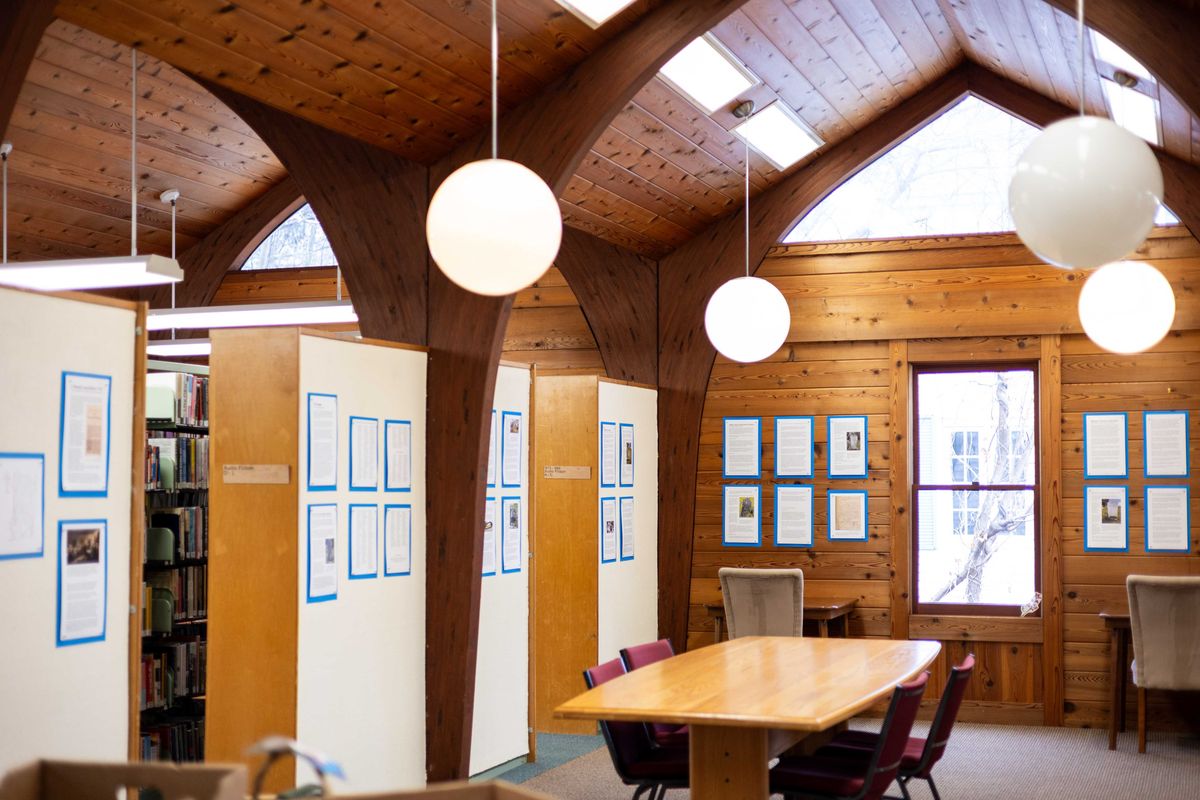
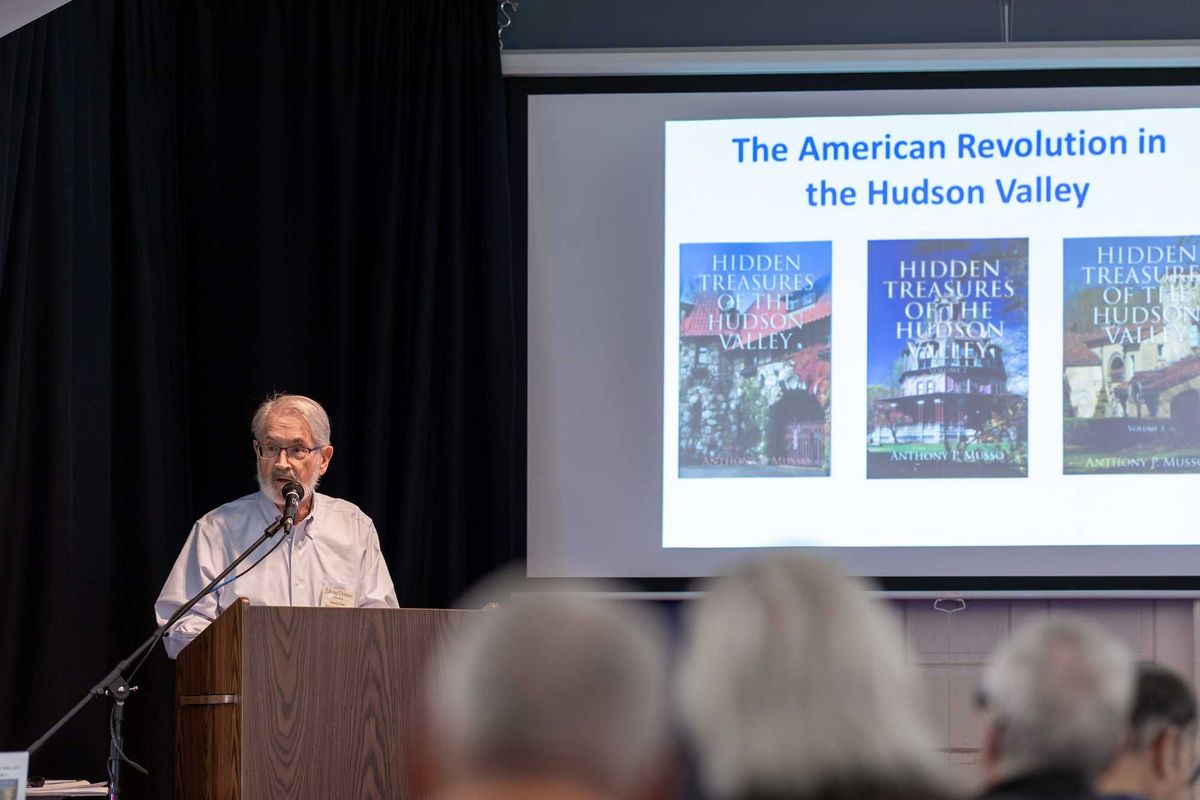
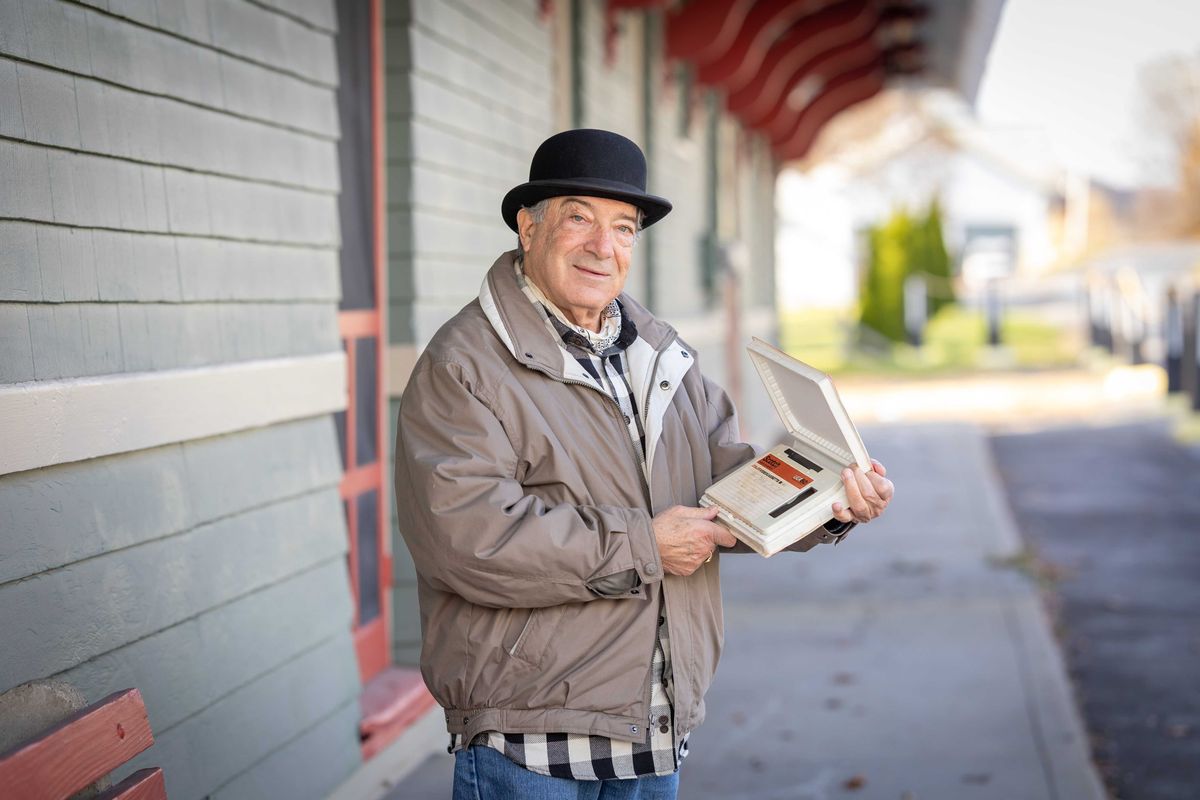
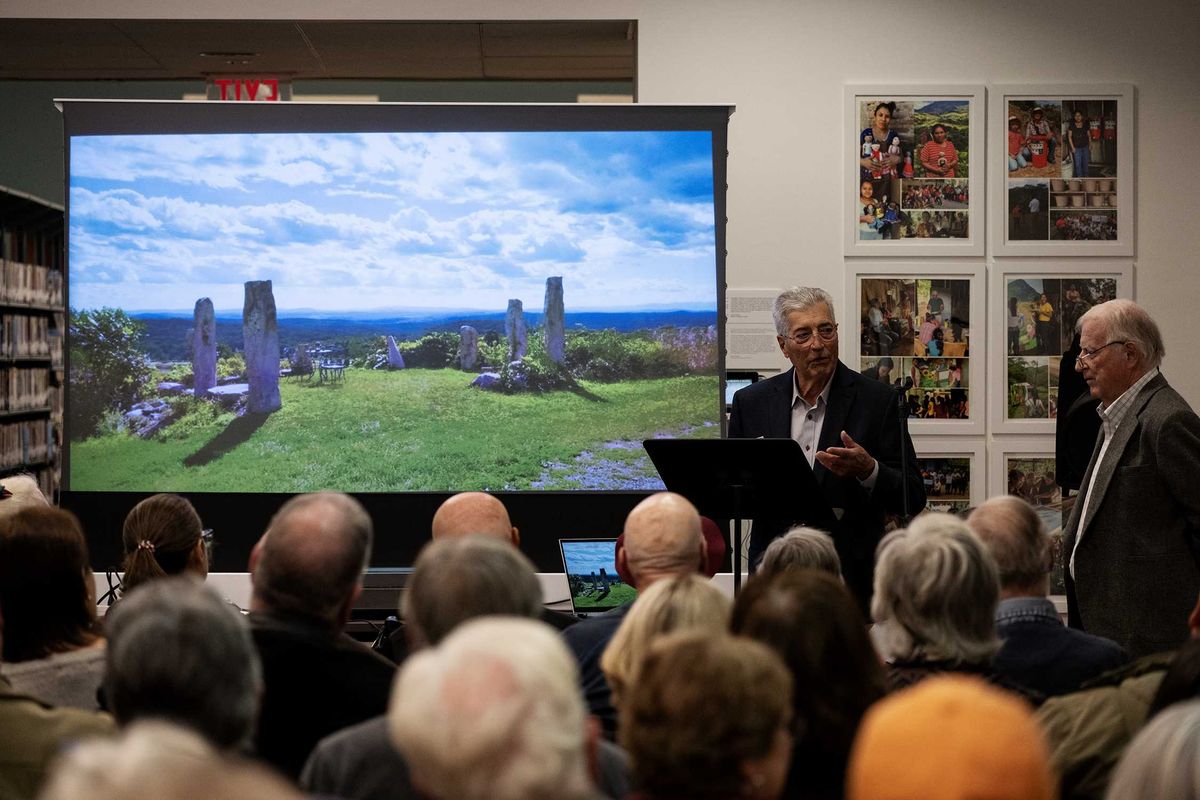

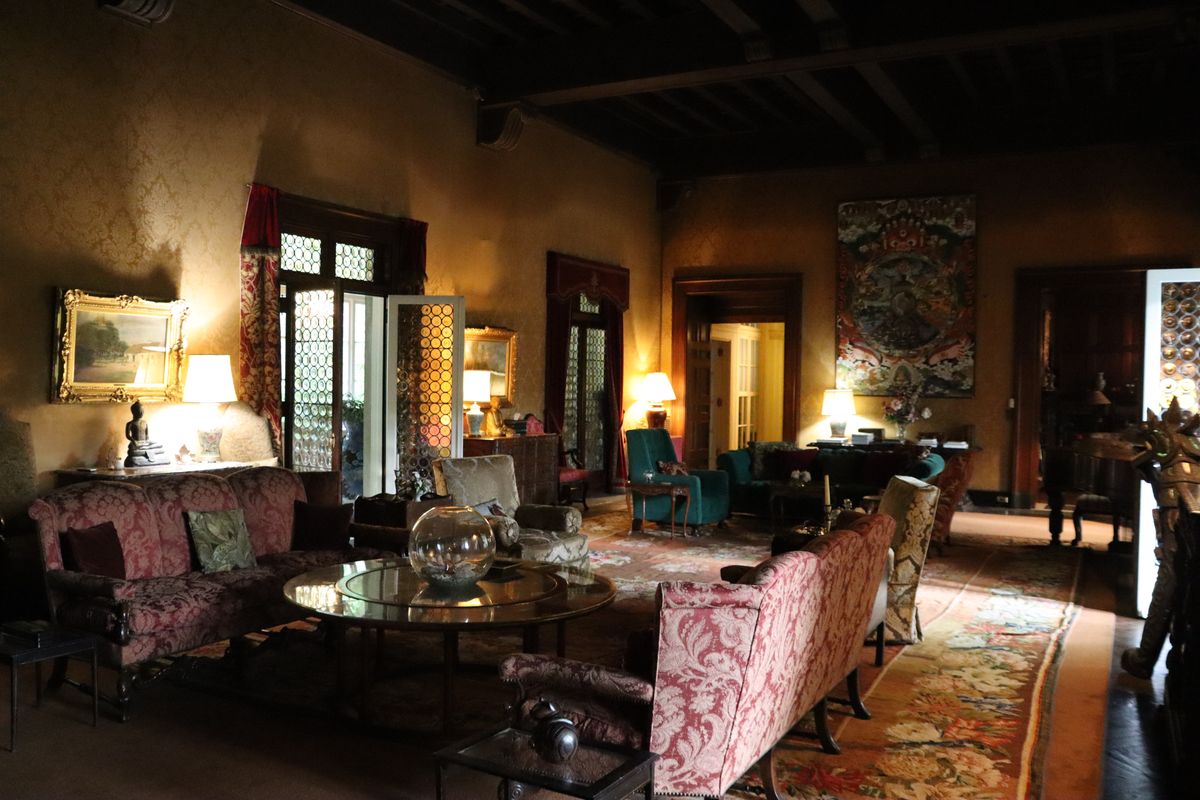







 Cover of “Les Flashs d’Anne”Jennifer Almquist
Cover of “Les Flashs d’Anne”Jennifer Almquist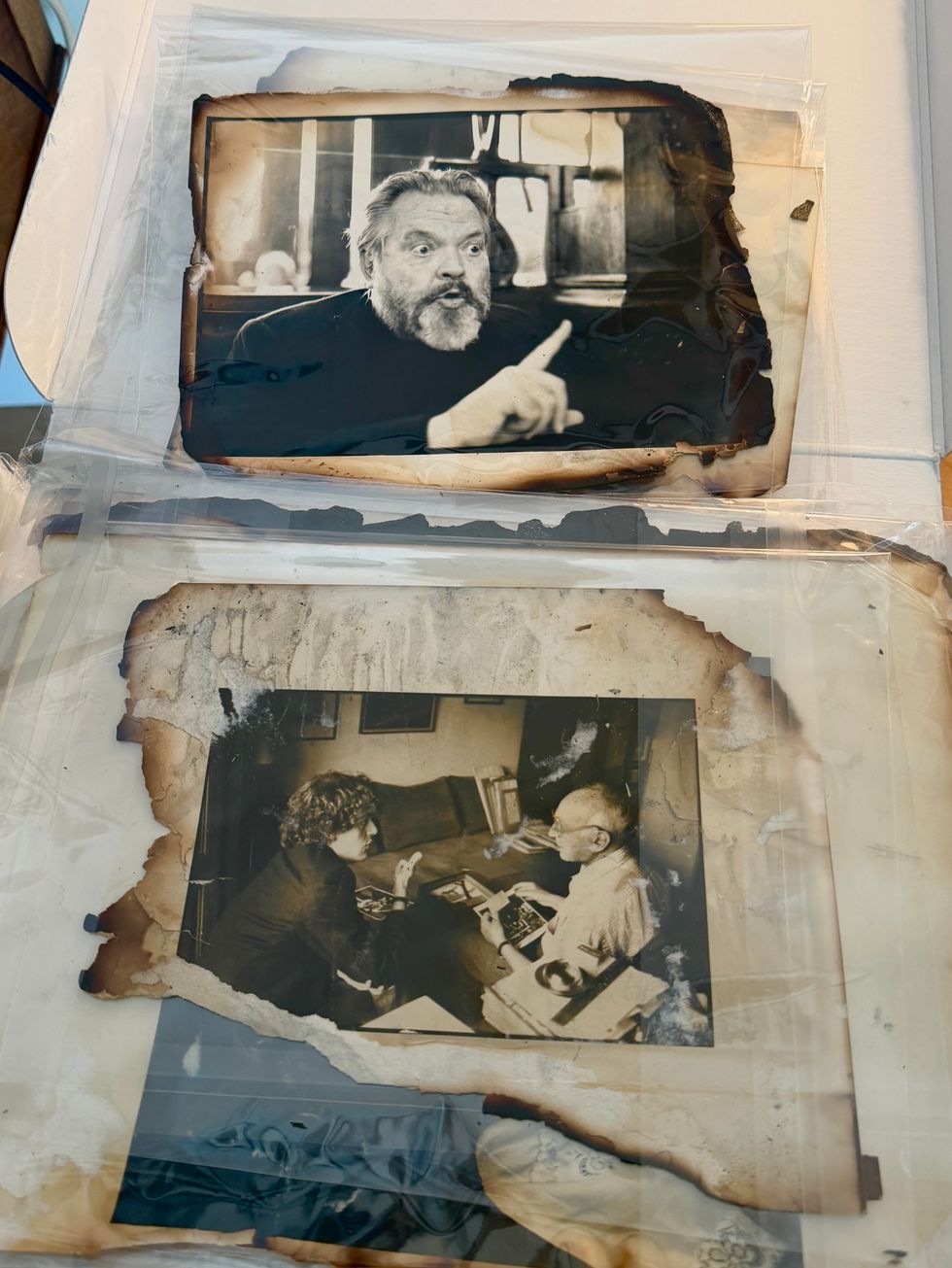 Orson Welles, top, and Hervé Guibert and André Kertész by Anne DayJennifer Almquist
Orson Welles, top, and Hervé Guibert and André Kertész by Anne DayJennifer Almquist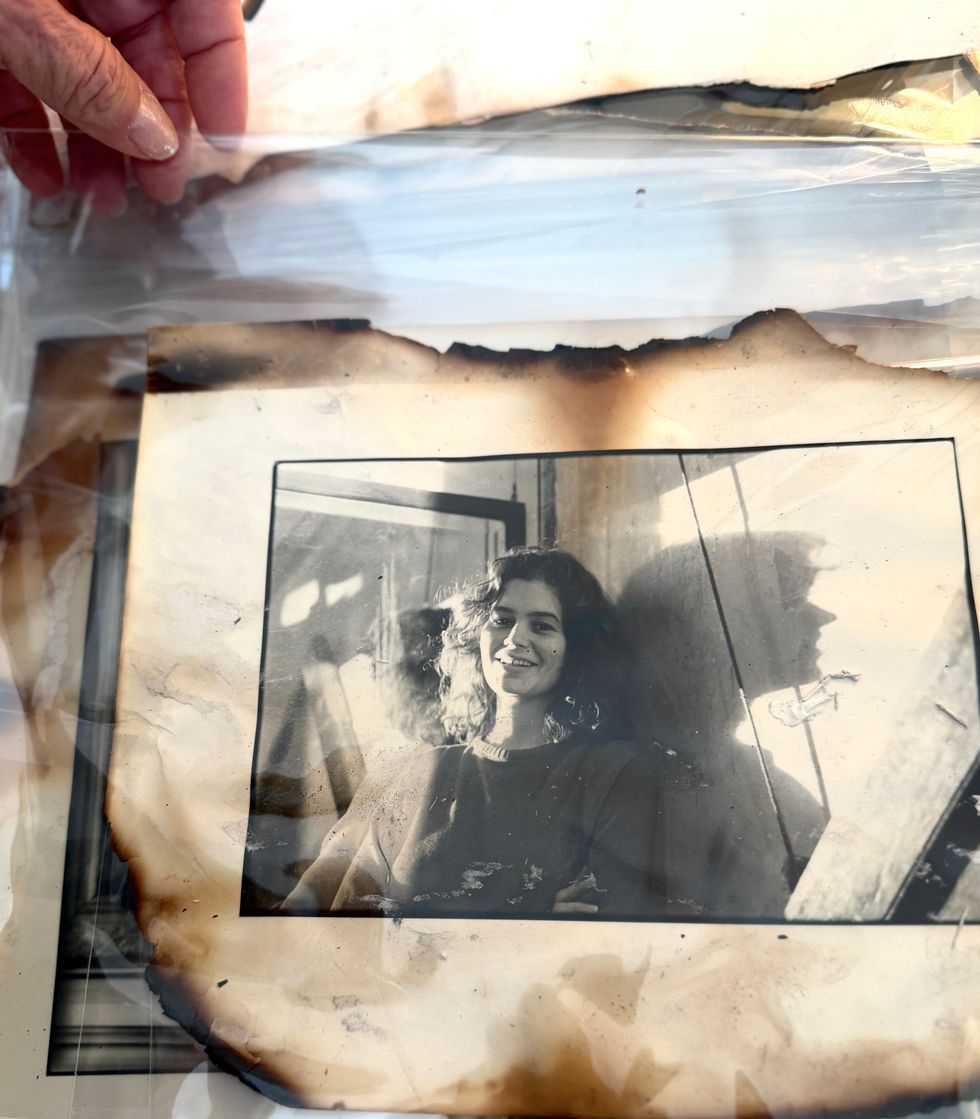 Self-portrait, New York City, 1981by Anne DayJennifer Almquist
Self-portrait, New York City, 1981by Anne DayJennifer Almquist
